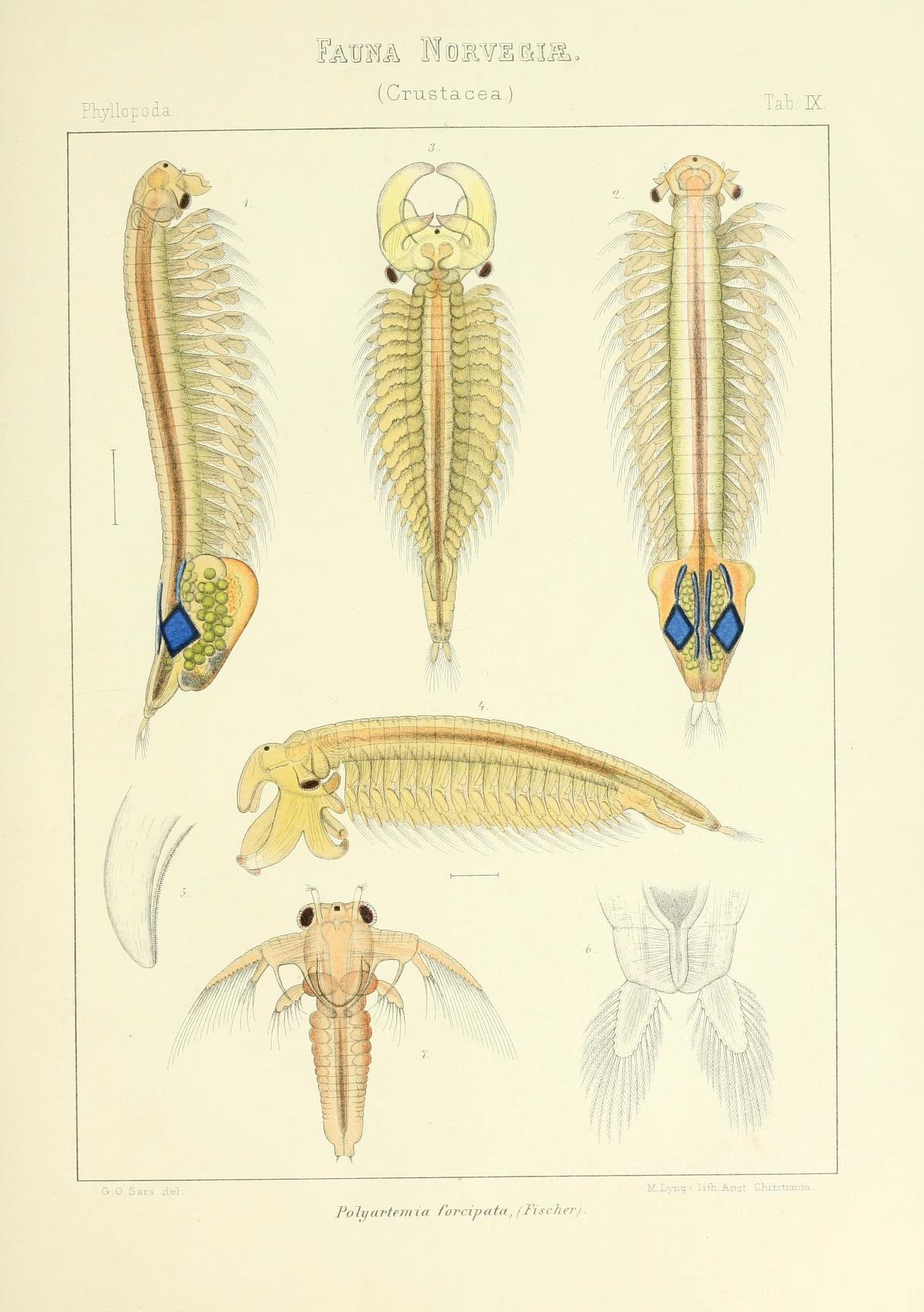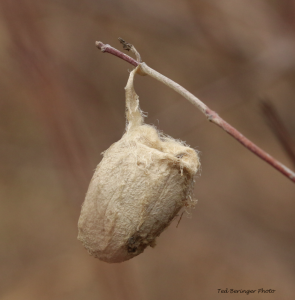New wildlife area acquired in Jefferson County
Special hunts offered on newly-acquired public land
Kansas Department of Wildlife, Parks and Tourism’s (KDWPT) PublicLand staff are excited to announce the addition of a wildlife area in JeffersonCounty. The recently-acquired, 840-acre area is approximately 6 miles northwest of Lawrence. Called Buck Creek Wildlife Area, it derives its name from BuckCreek, which bisects the property and is one of the few perennial streams in the area that remains unaltered.
Initially, all public hunting opportunities on the area will be managed through the KDWPT special hunts program. Controlling hunting pressure will allow managers to regulate and monitor how many, who, and when hunters have access to the area. Wildlife viewing and outdoor educational opportunities will be allowed when hunting seasons are closed.
The land consists of oak-hickory forest, native grasses, cool season grasses, and cropland. The warm season grasses and mature timber will be managed mostly through prescribed fire and timber stand improvements. The cool season grasses will be converted over time to native grasses and forbs to enhance wildlife habitat. The cropland on the area will remain in production, and all revenue generated will be designated for funding wildlife management activities on the property.
For more information on Buck Creek Wildlife Area, contact area manager Justin Hamilton at (913) 845-2665.




